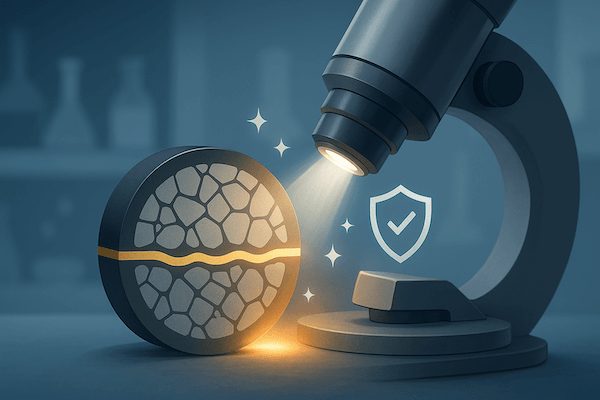
金属組織学は、金属および合金の微細構造を研究する科学的手法であり、タングステンカーバイド工具の開発、品質保証、および故障解析において重要な役割を果たしています。超硬合金の分野では、金属組織学は結晶粒度、相分布、多孔度、バインダーの完全性に関する重要な知見を提供します。これらはすべて、超硬工具の性能と信頼性に直接影響を及ぼします。
金属組織学とは何ですか?
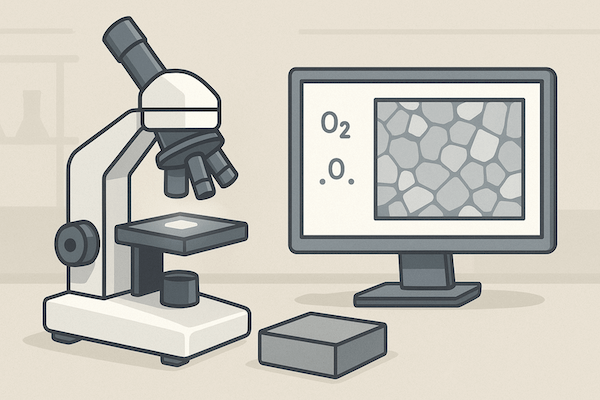
金属組織学は、顕微鏡観察技術を用いて金属および合金の構造と特性を研究する学問です。切断、固定、研磨、研磨、エッチングといった一連の準備工程を経て、光学顕微鏡または電子顕微鏡で観察を行います。
コバルト(Co)で結合した炭化タングステン(WC)のような超硬合金の場合、金属組織学は材料の内部構造を明らかにします。これは肉眼では見えないことが多いですが、 品質の確保.
炭化タングステン工具製造において金属組織学が重要な理由
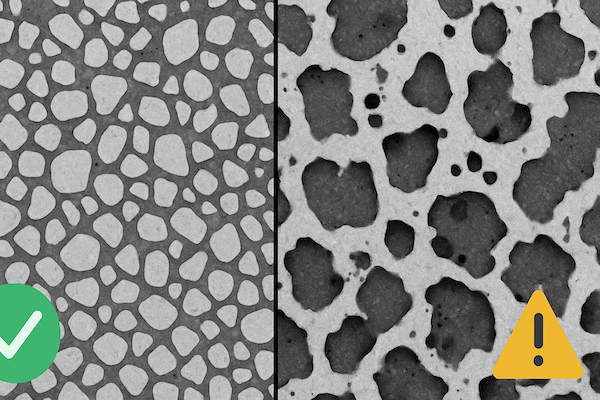
1. 微細構造分析
炭化タングステン(WC)は、硬質WC粒子と延性コバルトバインダーからなる複合材料です。金属組織学は、以下の点を視覚化するのに役立ちます。
これらの特徴はそれぞれツールに影響を与えます 硬度, 強靭さ、 そして 耐摩耗性.
2. 品質管理
金属組織検査により次のことが保証されます:
粒径は仕様範囲内(例:サブミクロン、超微粒子)
バインダーは均一に分散されており、気孔がありません
グラファイト、イータ相(η)、自由タングステンなどの異常相は存在しない。
これにより一貫性が保証され、次のような要求の厳しいアプリケーションでのツールの故障を防止できます。 機械加工, 採掘、 または 石油・ガス掘削.
3. 障害調査
超硬工具が早期に故障した場合、次のような根本原因を特定するために金属組織学が使用されます。
バインダー 枯渇
熱疲労
マイクロクラック
加熱による相転移
その後、製造条件または使用条件において是正措置を講じることができます。
超硬工具の主要な金属組織学的技術
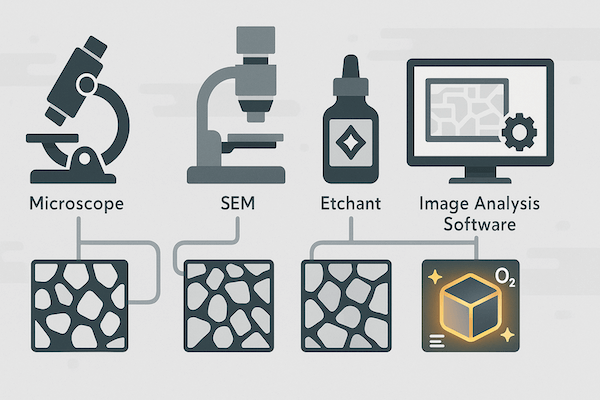
| 技術 | 目的 |
|---|---|
| 光学顕微鏡 | 粒度、多孔度、バインダー評価 |
| 走査型電子顕微鏡(SEM) | 微小亀裂、相境界の高解像度画像 |
| エッチング(村上試薬など) | WC粒界とコバルトプールを明らかにする |
| 画像解析ソフトウェア | 相含有量、粒度分布を定量化 |
これらの技術は、厳格な品質基準を確立し維持するのに役立ちます。 タングステンカーバイド製造.
基準と分類
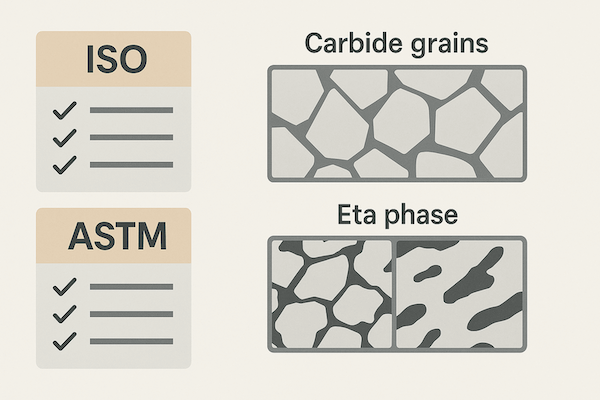
ISO や ASTM などの組織は、セメント炭化物に対する標準化された金属組織学的手法を提供しています。
ASTM B657 – WC-Coの金属組織学的試料作製ガイド
ISO 4499 – 構造の画像解析と分類
これらにより、品質評価における世界的な一貫性が確保されます。
結論

金属組織学は、タングステンカーバイドの世界において不可欠なツールです。これにより、メーカーは微細構造を制御し、工具寿命を延ばし、製造エラーを削減することができます。研究開発、プロセス最適化、故障診断など、金属組織学は材料科学と実際の工具性能のギャップを埋める役割を果たします。超硬工具はますます過酷な環境で使用され続けるため、金属組織学はイノベーションと品質管理において中心的な役割を果たし続けるでしょう。
